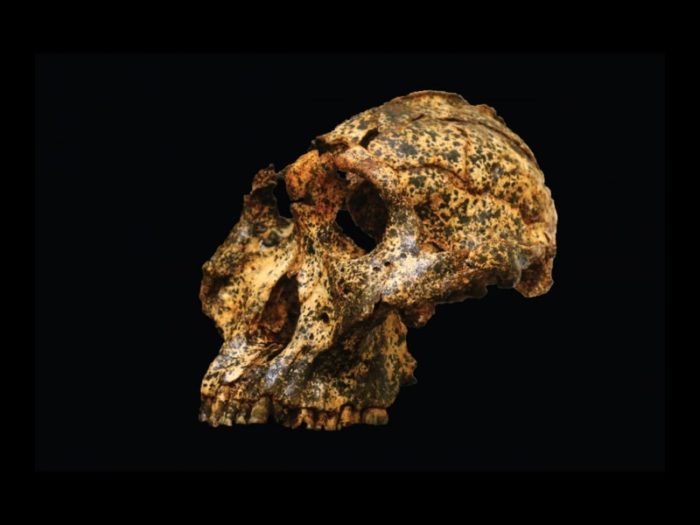A two-million-year-old skull discovered in South Africa has shed light on human evolution, and is believed to be the first evidence of microevolution among early hominids.
Back in 2018, Australian researchers from La Trobe University’s Archaeology Department in Melbourne discovered the fossil of a male Paranthropus robustus in the Cradle of Humankind.
Paranthropus robustus is a ‘cousin species’ that once existed alongside our early human ancestors. The rare skull still contained multiple large teeth, a rare feat for fossils.
“These two vastly different species, Homo erectus with their relatively large brains and small teeth, and Paranthropus robustus with their relatively large teeth and small brains, represent divergent evolutionary experiments,” Dr Leece said.
“Through time, Paranthropus robustus likely evolved to generate and withstand higher forces produced during biting and chewing food that was hard or mechanically challenging to process with their jaws and teeth — such as tubers.
“Future research will clarify whether environmental changes placed populations under dietary stress and how that impacted human evolution.”
The male Paranthropus robustus were thought to be much larger than females, but DNH 155’s skull was much smaller and had more female characteristics compared to other male skulls of the same species, states the study.
The size variation is not down to physical differences between males and females, however, but rather as a result of a rapid and turbulent period of climate change, argues a research paper newly published in the journal Nature Ecology & Evolution.
As the lush green grasslands transformed into drier and cooler fields, the ecosystem’s vegetation and plants altered affecting the food available for the species to eat. Over time, plants became much harder and tougher to chew, causing Paranthropus robustus’s jaw to evolve with stronger chewing muscles and tougher teeth. This is the first evidence of microevolution in early hominids, according to the Australian Associated Press.
“The working hypothesis has been that climate change created stress in populations of Australopithecus leading eventually to their demise, but that environmental conditions were more favourable for Homo and Paranthropus, who may have dispersed into the region from elsewhere,” said David Strait, professor of biological anthropology in Arts & Sciences at Washington University.
“We now see that environmental conditions were probably stressful for Paranthropus as well, and that they needed to adapt to survive.”
“Like all other creatures on earth, our ancestors adapted and evolved in accordance with the landscape and environment around them,” added Andy Herries, a paleoanthropologist at La Trobe University.”For the first time in South Africa, we have the dating resolution and morphological evidence that allows us to see such changes in an ancient hominin lineage through a short window of time.”
Picture: La Trobe University

